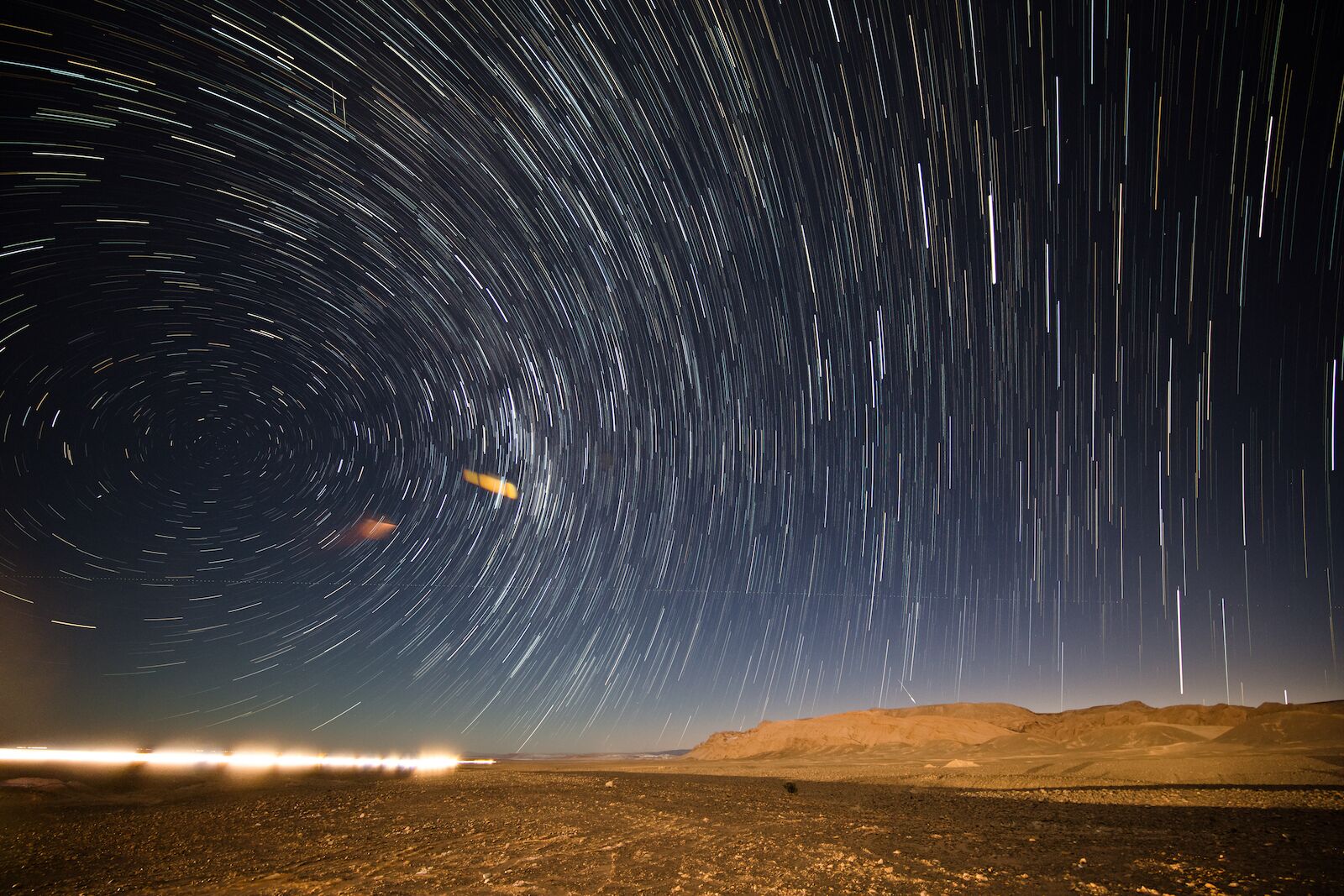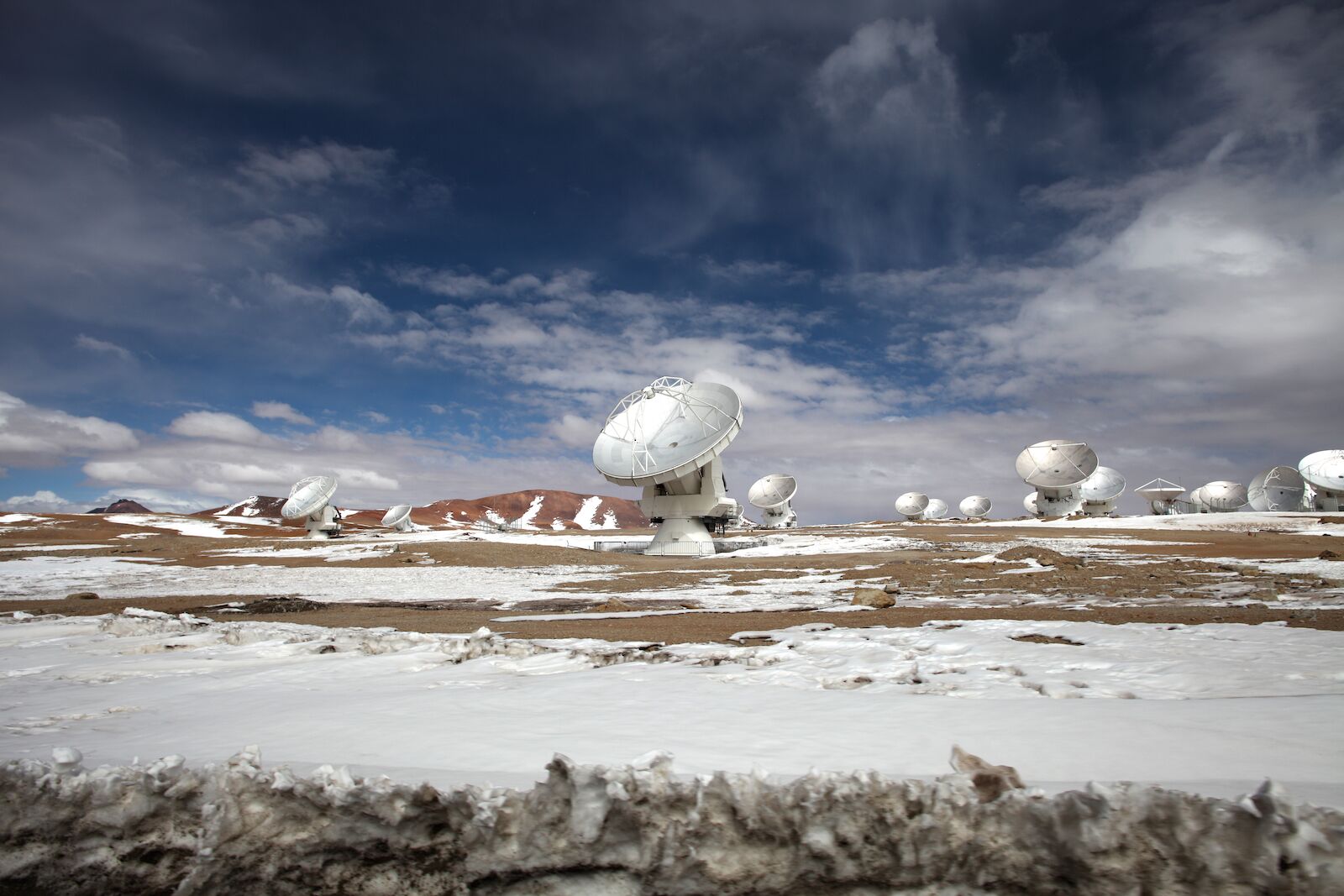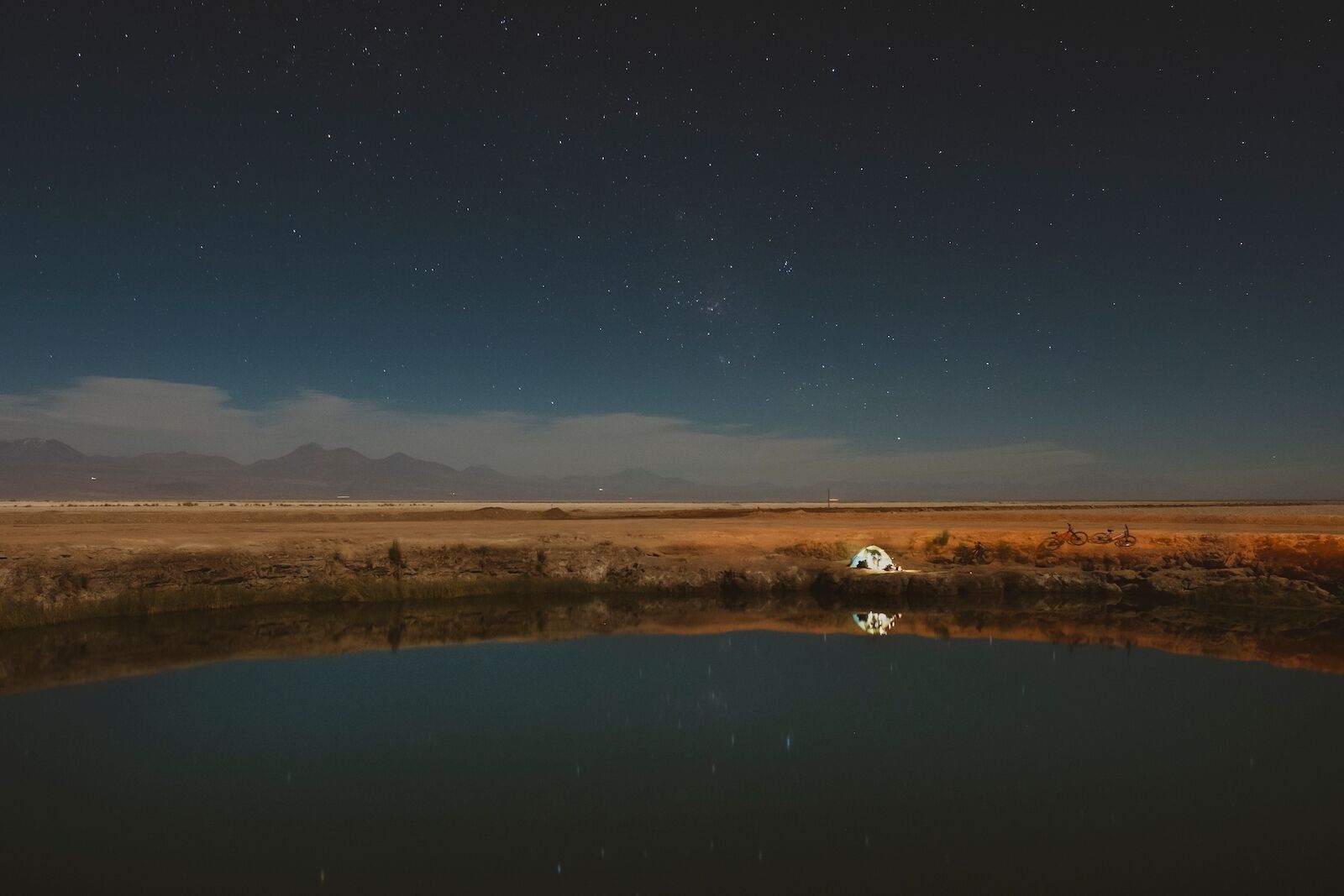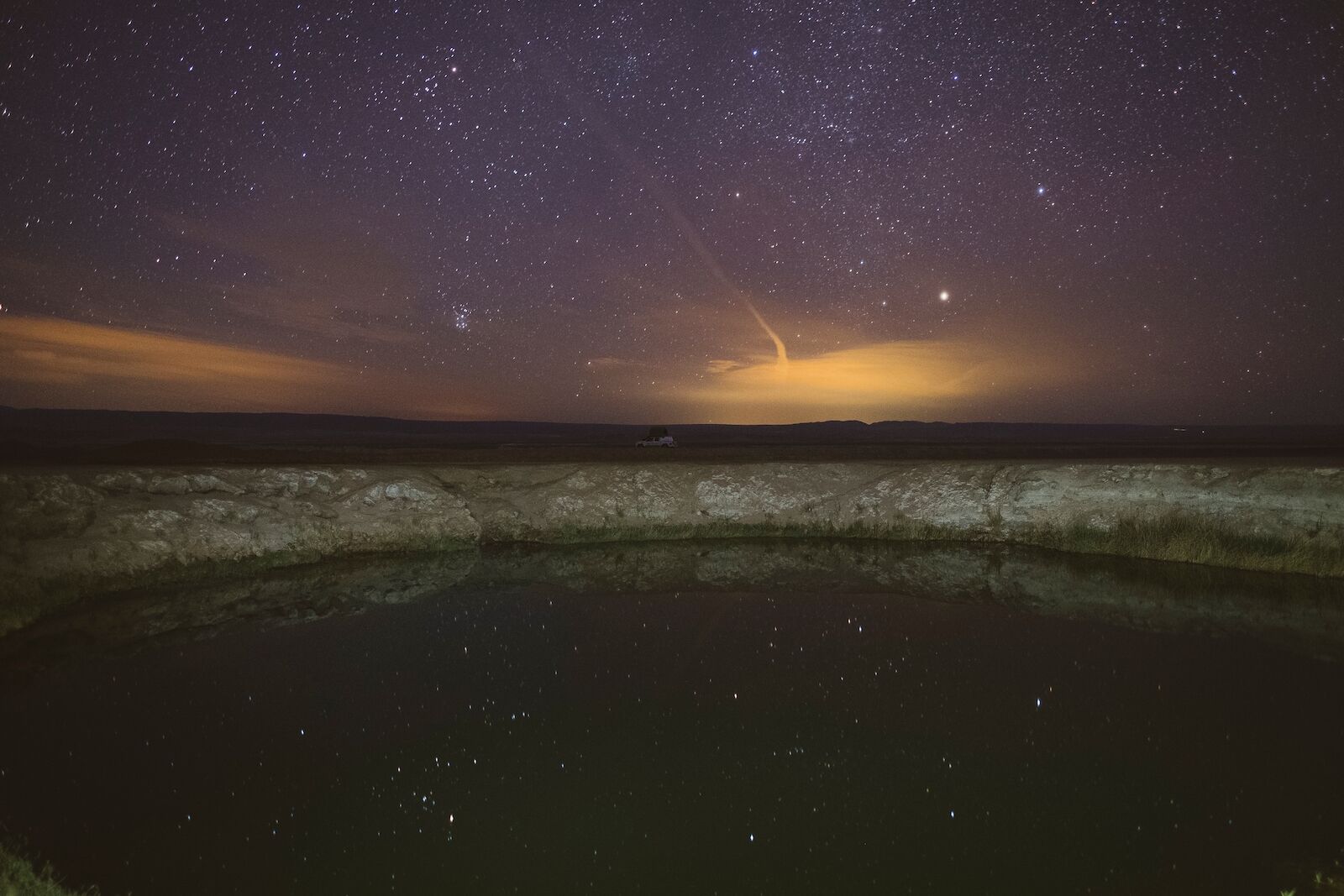The Atacama Desert, the driest place on Earth, is a high-altitude plateau that once lay at the bottom of the ocean. If the elevation doesn’t leave you feeling woozy then the Martian landscapes, geysers, volcanoes, and altiplano lakes will soon put you right. Another reason to visit this parched spot in northern Chile is for astrotourism.
Sitting at 8,015 feet, the dusty oasis of San Pedro de Atacama is the gateway to the desert landmarks and the clearest skies in the world. The region is so remarkable that NASA tests equipment for lunar missions in this part of the Chilean desert.
Eight hundred miles south of San Pedro, greener, and at a more breathable altitude, the Elqui Valley is an alternative option for star trekkers in Chile. Named after the Nobel-winning poet Gabriela Mistral, who grew up in Vicuña, this wine region pipped San Pedro to the post when it became the world’s first designated International Dark Sky Sanctuary in 2015.




